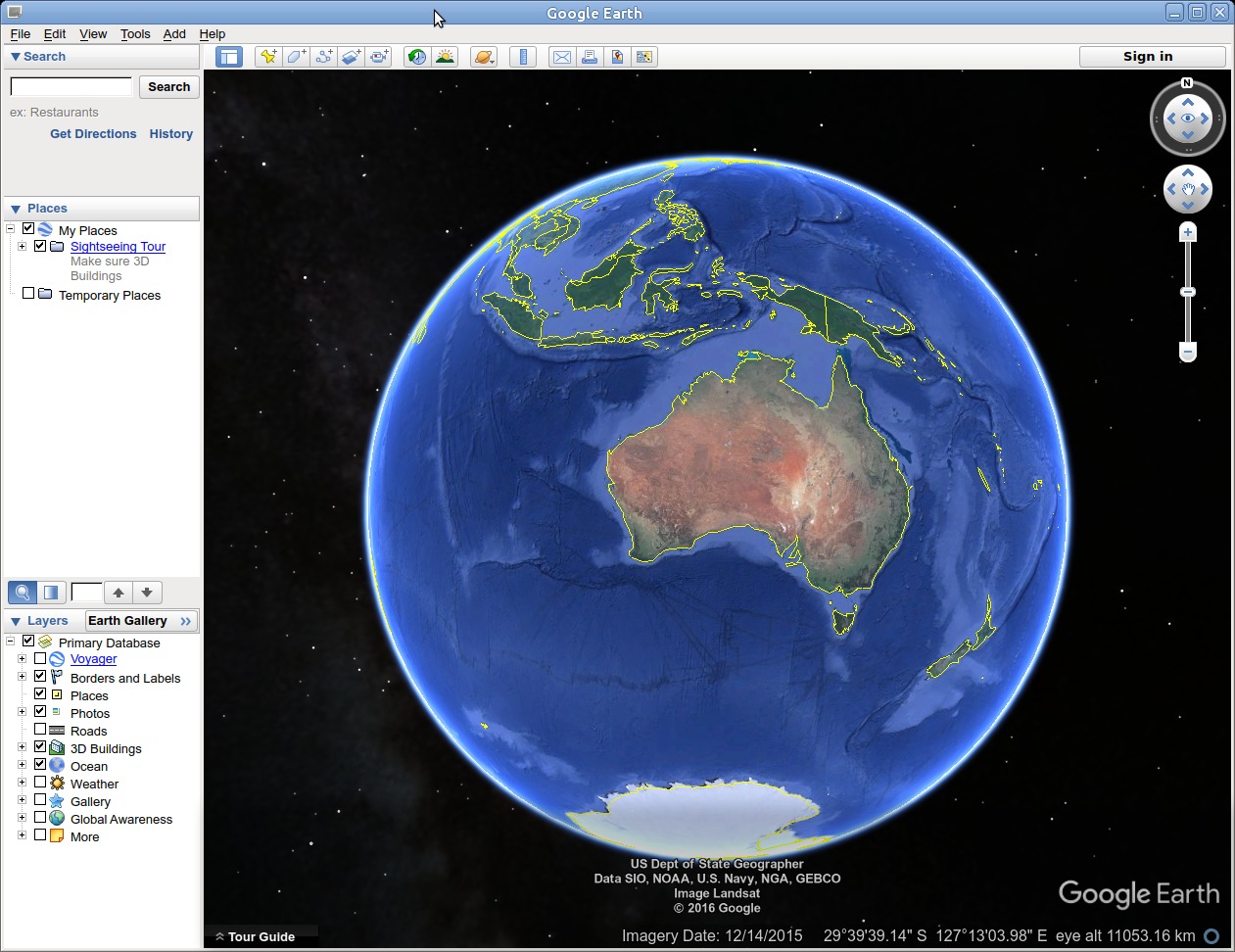

In addition to showing existing buildings and land topography, the various versions and tools of Google Earth can show ocean bathymetry and layers of terrain.

Google Earth provides a highly immersive 360° perspective at its Street View level, allowing you to take a virtual “stroll” past your home or any other. Even better, users can see landscapes, cities, features, and structures from a variety of angles. Thanks to its straightforward and intuitive “point and click” navigation, Google Earth is designed to accommodate users of all ages with a bare minimum of knowledge or skill. From the biggest city to the tiniest village, all of human civilization appears on Google Earth as reflected by the latest available information.

From an initial global perspective, a simple point and click can bring a wider range of geographic details into sight.Īt its closest to the ground, Google Earth provides remarkable residential and commercial street views. Google Earth allows users to pan, rotate, and tilt the entire Earth as well as zoom in and out of virtually any location on its surface. Users can instantly transition from a two-dimensional (2D) to a three-dimensional (3D) viewpoint with the click of a tab. It creates this virtual globe by seamlessly integrating and superimposing overhead images with established geographic information system (GIS) data. Offering a unique opportunity to “travel the world without leaving your seat,” Google Earth uses remarkable digital technology to place “the whole world in your hands.” The leading geographical browser (or “geobrowser”) on the market today, this computer program is available free of charge as both an online website and a mobile application.ĭrawing upon actual satellite and aerial imagery, Google Earth digitally renders the entire Earth into a highly accurate, interactive, and user-friendly globe.


 0 kommentar(er)
0 kommentar(er)
